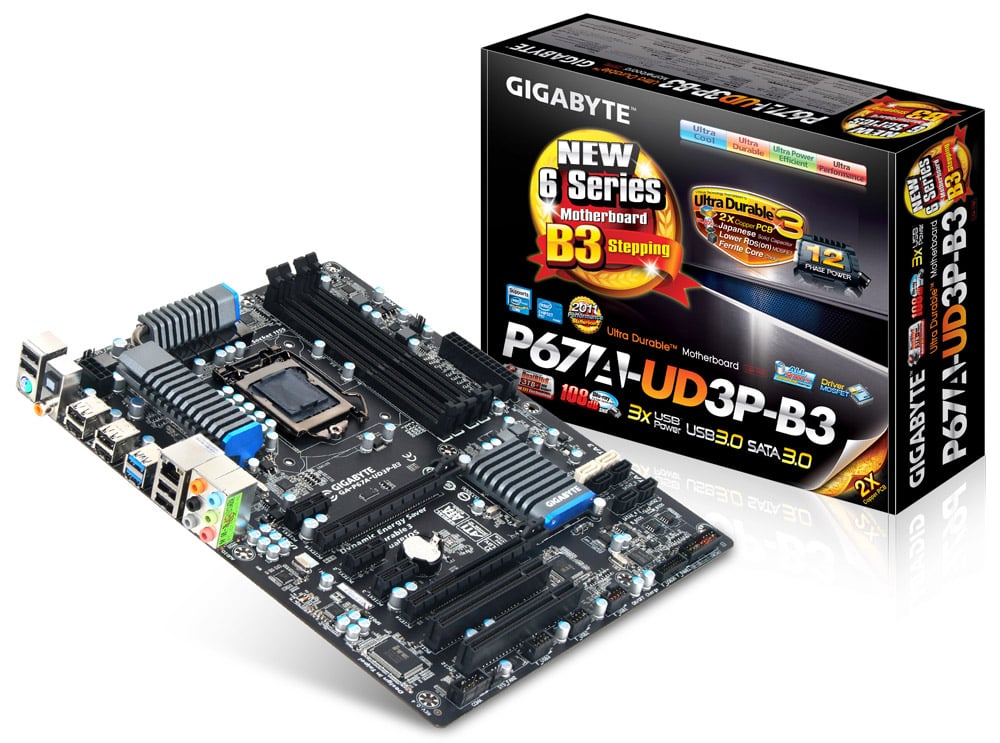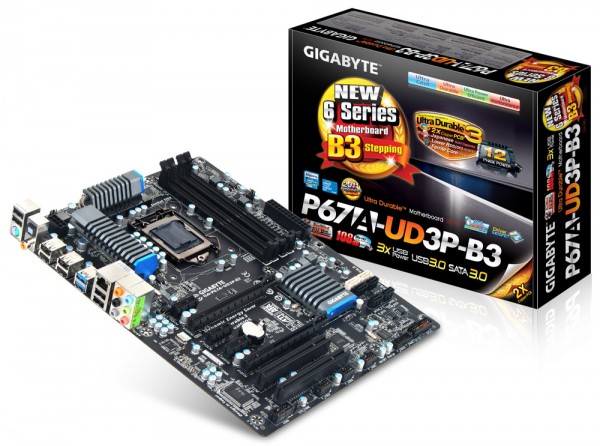One reality of the computer tech world is the fact that changes and revisions must often be made. Most of the time the consumer is more than happy to receive the latest revision of a product such as a motherboard. Typically this means that errors and issues have been rooted out, corrected, and the result is a better more stable product. For instance, some years back ASUS released their P8P67 boards and then released a revision “B” that was leaps better. Unfortunately it seems that an update can go the other way as hardware.info found when they investigated a low end Gigabyte mobo that had some curious differences from the release photos.
As it turns out Gigabyte often does later revisions to many of it’s motherboards and they are sometimes not so customer oriented. In the highlighted case these revision seem driven clearly to cut costs to the manufacturer and go so far as to even remove a secondary BIOS chip and power phases. While these cut backs seem to only effect their budget oriented mobos, it rubs us the wrong way to see this happen at any level. It also seems to effect performance as the revised models are not able to achieve the same results as those that were originally reviewed. When a product is released customers depend on the original reviews when they make their purchasing decision. Regardless of the amount of money they spend they deserve to get what was advertised.
Unfortunately aside from opening the box, sometimes it is nearly impossible to tell which revision you are getting. When the change is made Gigabyte uses the same UPC code and manufacturer code as the original making it impossible for retailers to know what’s in the box or list the product separately. And while it’s not like they are hiding the changes, which are easily accessed from their website, they are not very forthcoming about the updates. There are no new photos issued or product specification updates. We can only suggest doing some serious digging to find out when changes are made and to be prepared to return a product if it comes with changes you weren’t expecting.
Source: Hardware.info | News Archive




